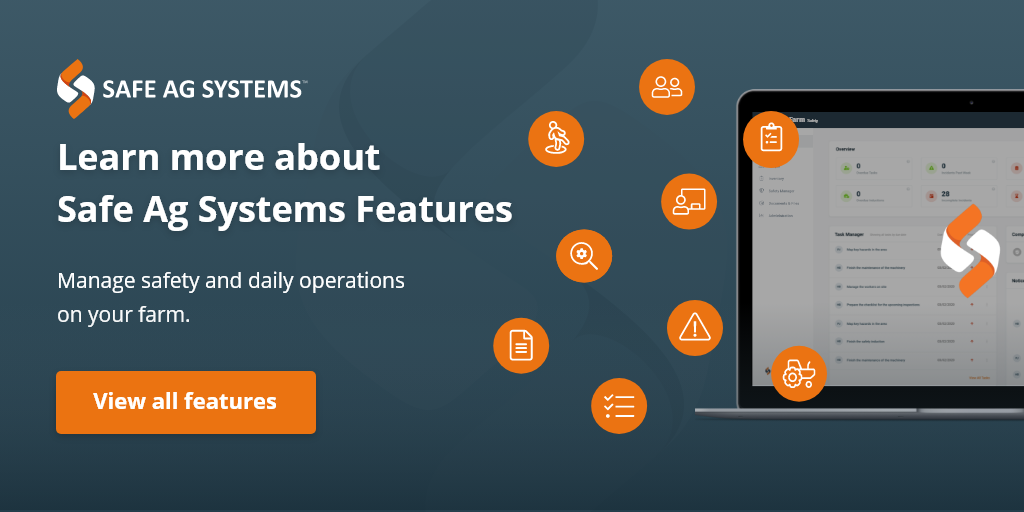Whether you work in agriculture, hair dressing and even construction, health and safety regulations will apply to you. This also means even if you employ workers or are self-employed you need to meet your obligations. As a business and employer, your legal responsibility is to ensure the welfare of your workers, customers and members of the public through managing your health and safety requirements in a responsible manner. Below we’ve provided a snippet of terminology to get you started.
Who can be a Competent Person?
When it comes to health and safety, a competent person is responsible for your business or organization meeting legislative requirements. This person must have the necessary experience, knowledge and skills to assist with health and safety management. Depending on the risk levels and size of your business a competent person can be yourself, a worker or an external resource.
RIDDOR
The term RIDDOR stands for Reporting of Injuries, Diseases and Dangerous Occurrences Regulations 2013. RIDDOR regulations are about distinguishing the duty of a “responsible person” to report workplace accidents, occupational diseases and dangerous occurrences or near misses. When an incident, including non-fatal accidents, occurs enforcing authorities (HSE) are to be notified within 10 days and under RIDDOR deaths and injuries are to be reported but only when they match the below criteria:
- An accident has caused the injury
- The accident was work related
- The injury is classified as reportable
What is COSHH?
COSHH is an acronym and stands for the Control of Substances Hazardous to Health and as a UK law it aims to reduce and prevent workers from being exposed to hazardous substances. Created to assist in the management of hazards and risks within the workplace, COSHH assessments are broken down in to five sections. These five sections cover a range of content:
- Gather information about the substances, work or task and working practices
- Evaluating the risk to health
- Decide on actionable improvements
- Recording the COSHH assessment
- Review date for assessment
Hazard vs risk
Whilst they may seem similar terminology and are closely linked to each other, when it comes to health and safety, they are different things. The definition of a hazard is anything that has the potential to cause harm while a risk is the likelihood of something going wrong and consideration around the ramifications if it does.
Below is an example we use to identify the differences. When working near barbed-wire fencing, you are less likely to come to harm until you get too close.
In this example the barbs are the hazard to us and our workers, as we have identified there is potential to cause injury/harm, whereas the risk is determined by the likelihood of someone being hurt – the risk of being caught in the barbs.
ALARP and SFAIRP
Two terms with similar concepts, ALARP stands for “as low as reasonably practicable” whilst SFAIRP is short for “so far as is reasonably practicable”, draw on the use of “reasonably practicable”. Why are these terms important? They compose a significant portion of duties that make up the Health and Safety at Work etc. Act 1974 and of the health and safety system in the UK.
For example, reasonably practicable when used in ALARP, is considering the risks against the cost to reduce or eliminate the risk. It considers the below points:
- the likelihood of a hazard or risk
- the degree of harm could do
- information you have regarding the hazard and the actions that can be taken to eliminate or reduce the risk
- finally, as the duty-holder you must be able to show if the cost is grossly disproportionate to the risk
In short, reasonably practicable is used instead of physically possible as it is a narrow term focusing on the trouble, time and money required to control the risk.

Disclaimer: Content on this website may be of relevance to users outside of United Kingdom, but content links and examples are specific to the UK. Please check with your local authority for your country and industry requirements.










